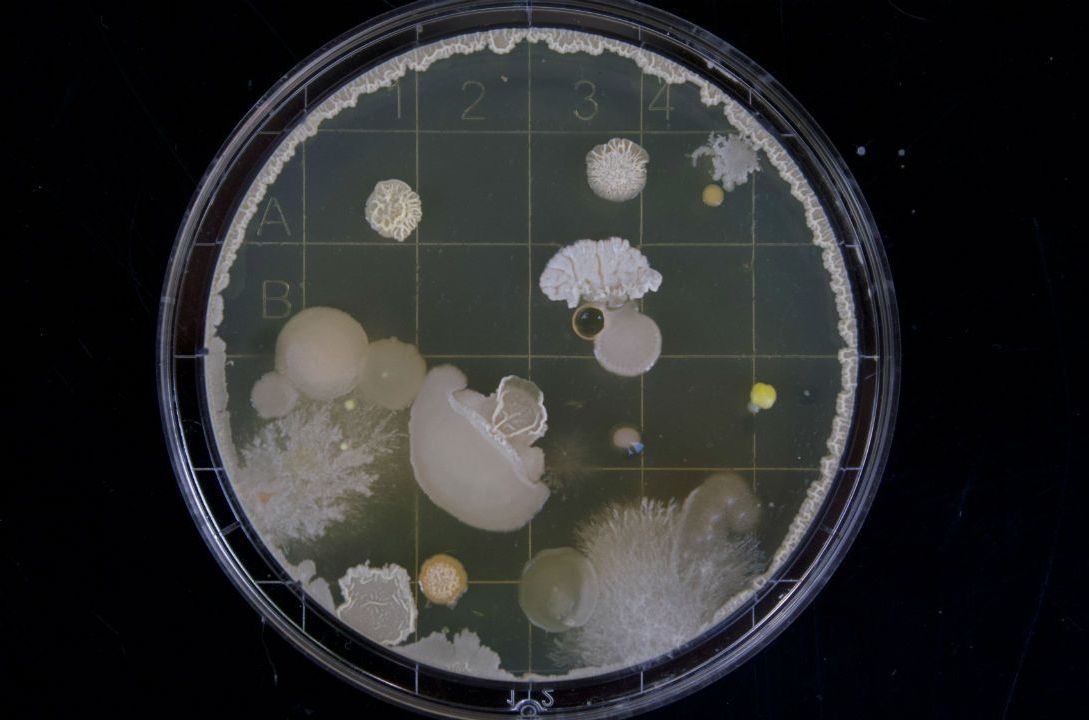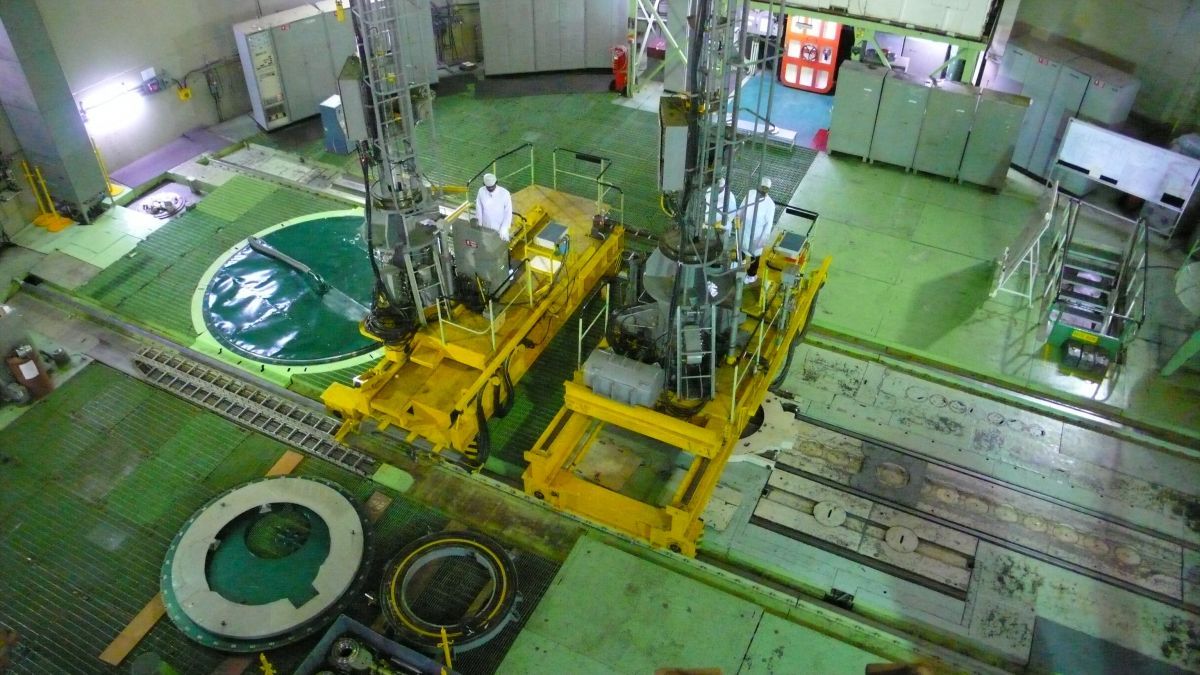Killer asteroids might be a bigger threat than you think.
- Small asteroids can strike Earth with the force of many nuclear weapons and destroy entire cities.
- A small fraction of such asteroids is estimated to have been found, but NASA is supposed to find 90% of them by 2020.
- Retired astronaut Rusty Schweickart says a relatively inexpensive space telescope, called the Near-Earth Object Camera, could find these space rocks — and quickly.
- NASA has denied full funding to NEOCam multiple times because the agency’s mission selection process is weighted against the telescope.
- NEOCam’s supporters say the telescope needs just $40 million more in NASA’s budget to launch into space.
- It’s up to President Trump and Congress to raise NASA’s budget enough to support the mission.
A former NASA astronaut says the agency he used to work for has a duty to protect civilians from killer asteroids, but that it isn’t meeting that obligation.
The threat of asteroid strikes might seem as abstract as outer space itself. But the risk, while infrequent, is real — and potentially more deadly than the threat posed by some of the most powerful nuclear weapons ever detonated.









